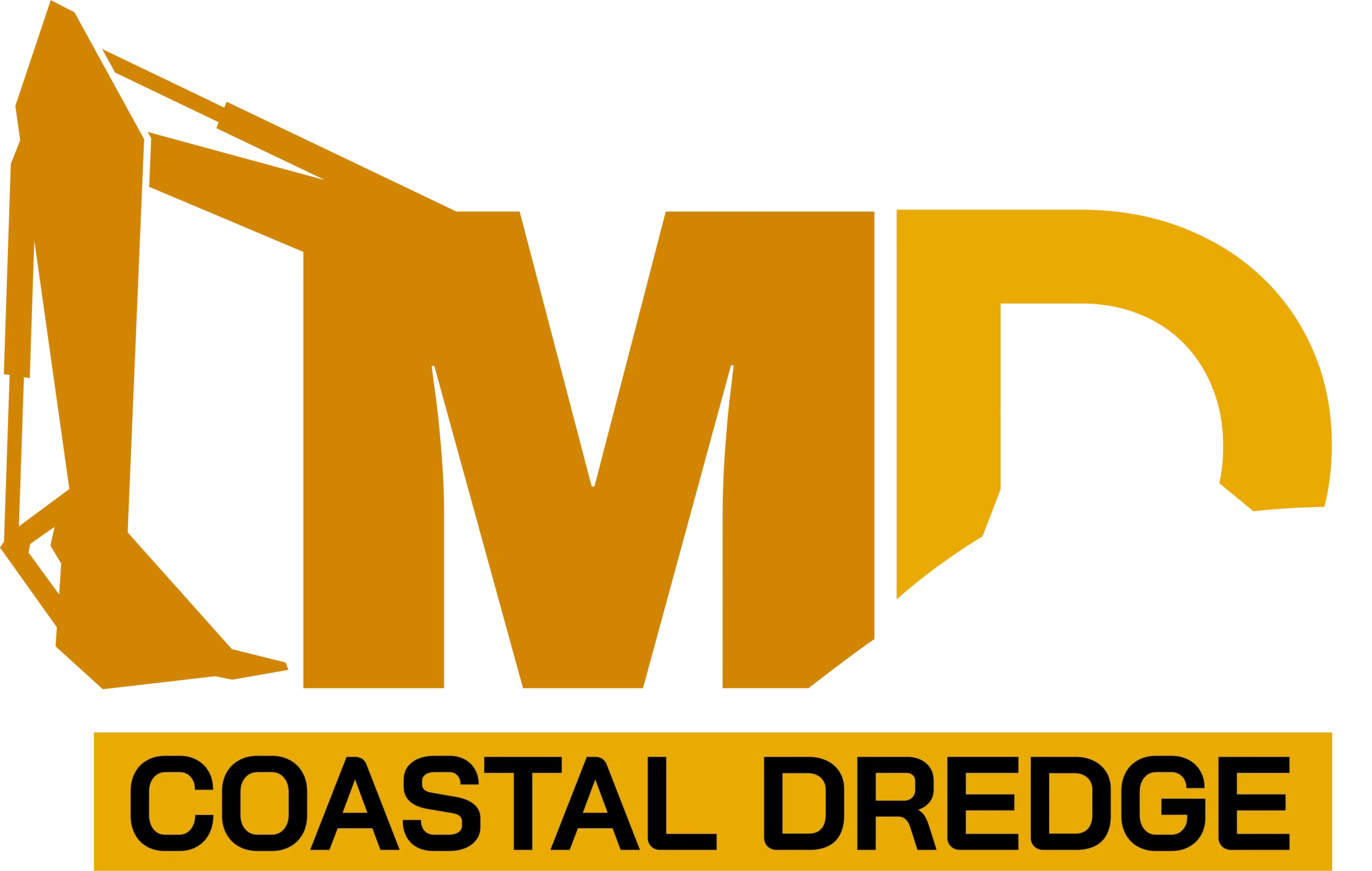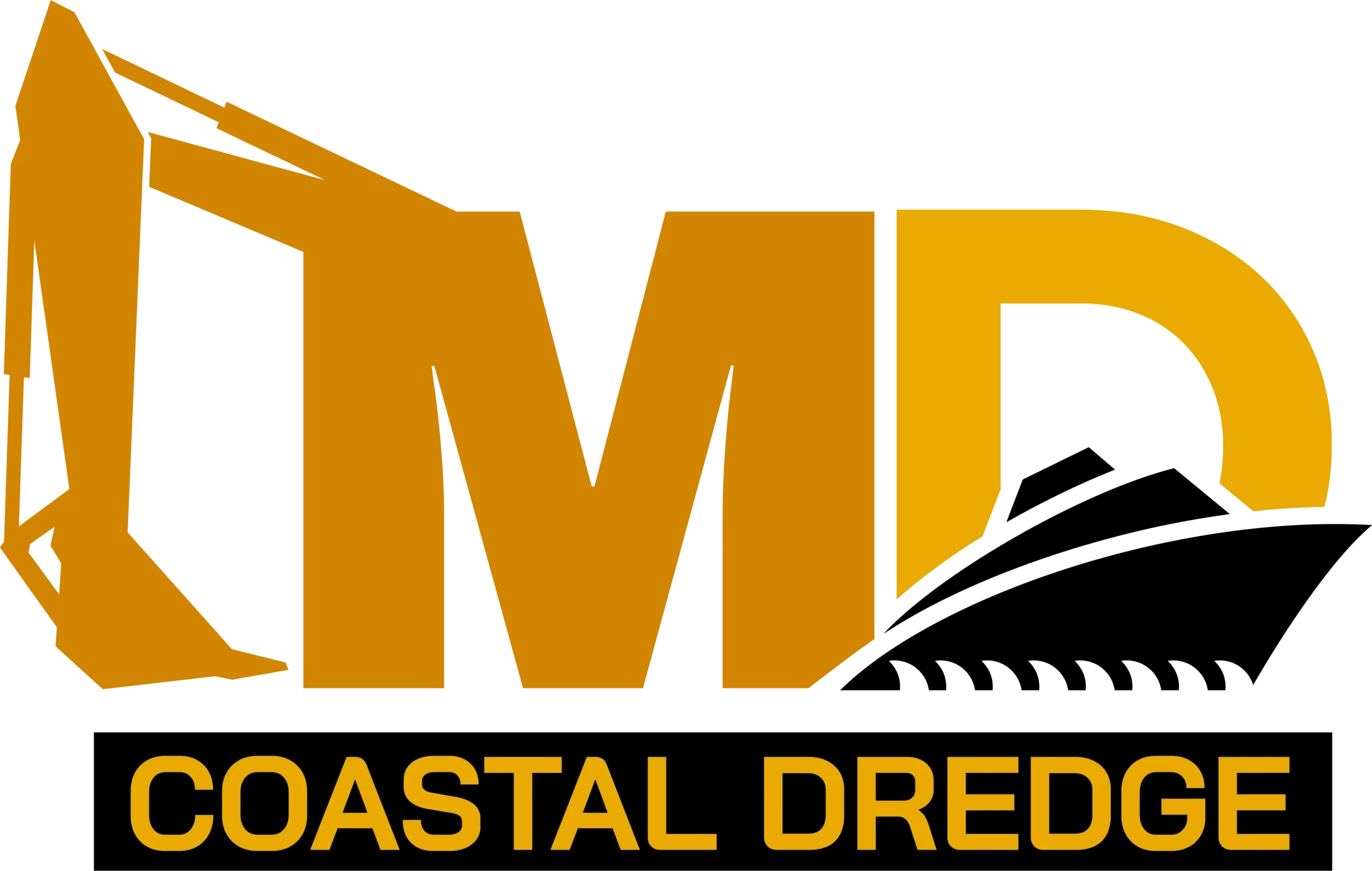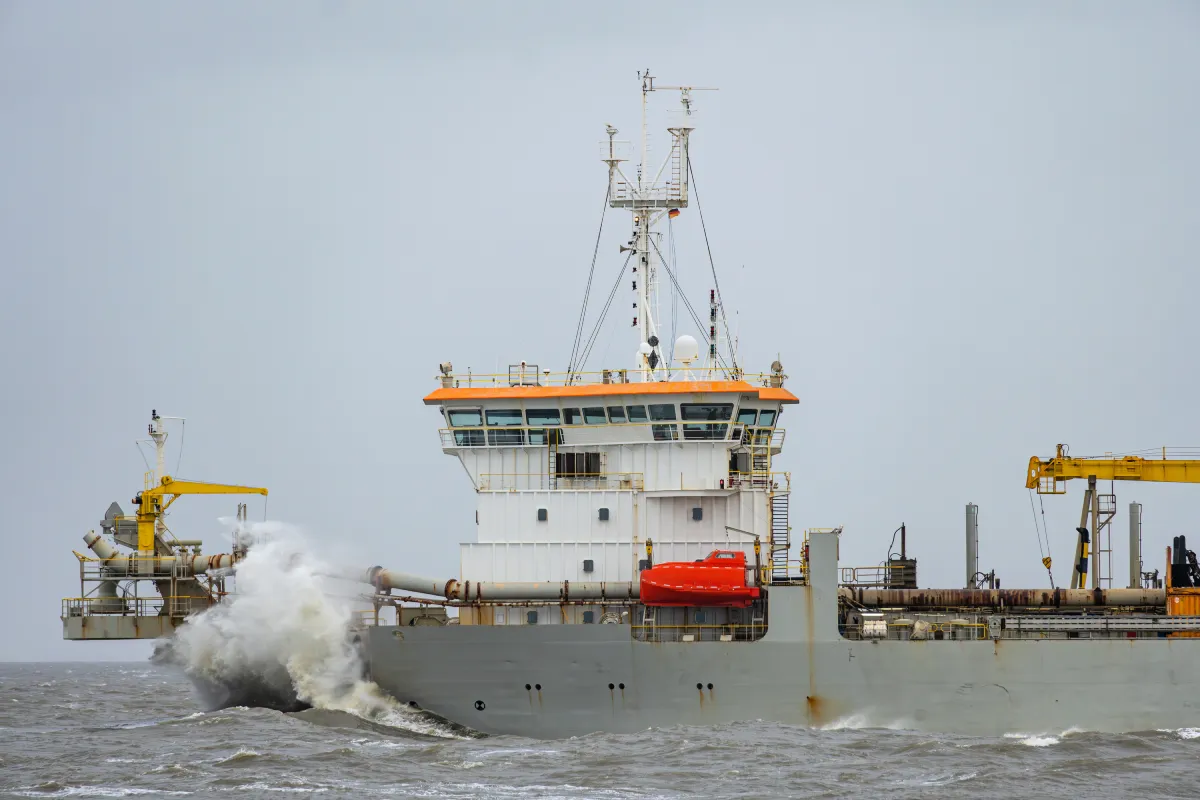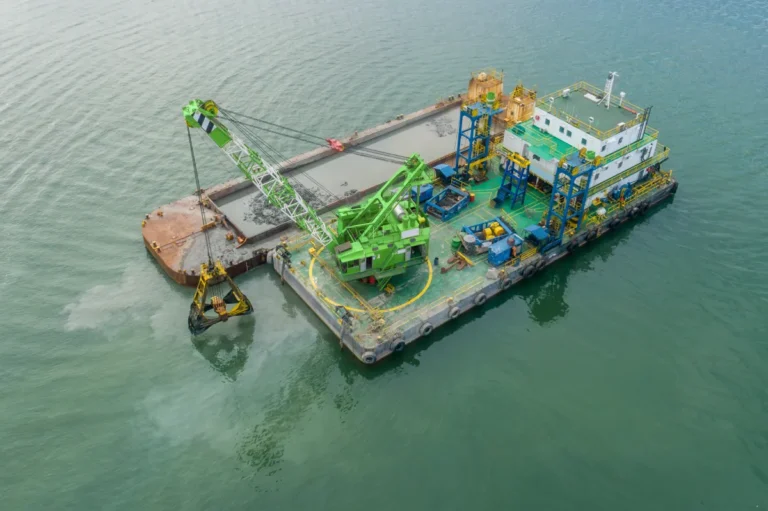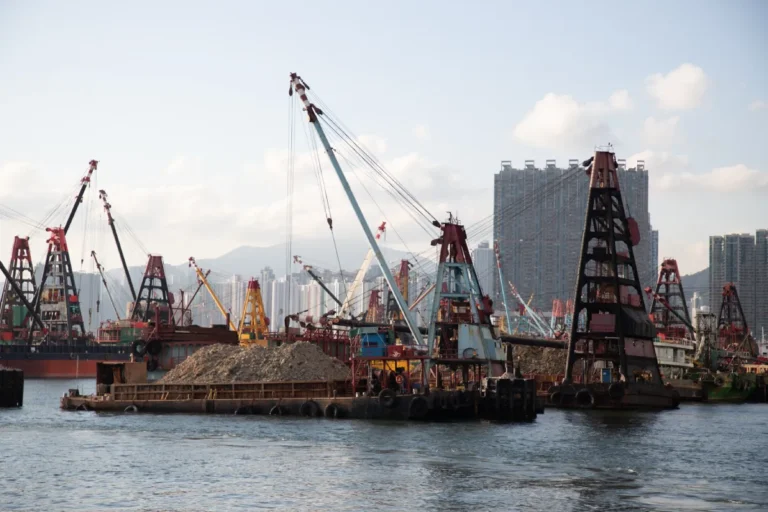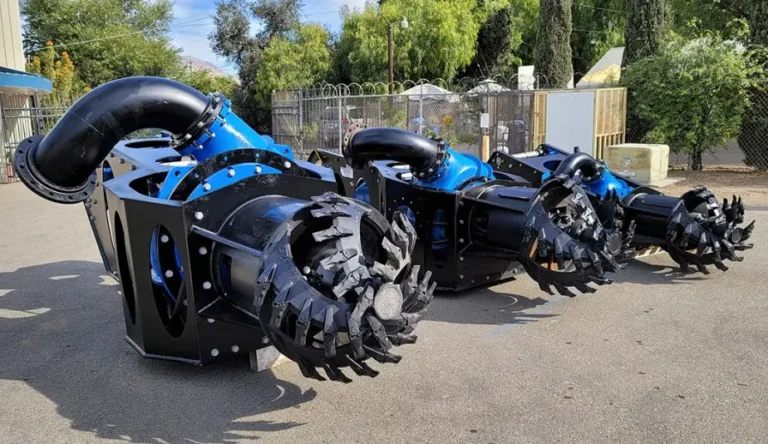As global trade, coastal defense, and port expansion continue to evolve, hopper dredging has emerged as a cornerstone of modern marine infrastructure. These operations rely on powerful trailing suction hopper dredge (TSHD) vessels—self-propelled systems capable of dredging, transporting, and discharging massive volumes of sediment with remarkable precision. Unlike traditional stationary dredging equipment, a hopper dredger vessel operates as a fully integrated, mobile solution, balancing production efficiency with environmental responsibility. Today’s hopper dredging techniques incorporate smart automation, advanced propulsion, and eco-conscious engineering—pushing the boundaries of what’s possible in sustainable marine development.
The Core Mechanics of Hopper Dredging
Modern hopper dredging combines precision engineering with automated control to deliver efficient sediment removal and transport. A hopper dredger vessel operates as a self-contained system — dredging, storing, and discharging material without external assistance — making it ideal for large-scale harbor deepening, channel maintenance, and land reclamation.
How a Hopper Dredger Vessel Works
At its core, a hopper dredger functions through a sequence of controlled mechanical actions:
- Suction Arms: Mounted on both sides of the vessel, these arms extend downward during dredging.
- Dragheads: Attached to the arm ends, they loosen material from the seabed while regulating inflow.
- Dredge Pumps: High-capacity pumps draw the slurry of sediment and water through suction pipes into the hopper tank.
- Hopper Compartment: Acts as onboard storage where solids settle and excess water overflows in a controlled manner.
This design allows dredging while the vessel moves — enabling continuous, large-volume collection even in challenging offshore conditions.
Difference Between Hopper and Other Dredge Types
A self-propelled trailing suction hopper dredge (TSHD) differs from stationary dredge systems like cutter suction or backhoe dredgers:
- Mobility: TSHDs sail independently between dredge and disposal sites.
- Efficiency: Continuous dredging while underway minimizes idle time.
- Versatility: Suitable for a wide range of materials — from fine silt to coarse sand.
- Reduced Setup: No anchors or spuds required, allowing faster deployment and relocation.
The Operational Cycle
Every hopper dredger follows a systematic operational cycle that optimizes both productivity and environmental performance:
- Loading: Suction arms and dragheads collect material from the seabed.
- Sailing: The vessel navigates under its own power to the disposal or reclamation site.
- Discharging: Sediment is released using one of three primary methods:
- Bottom dumping – opening hopper doors for deepwater disposal.
- Rainbowing – spraying material via a bow nozzle for beach nourishment.
- Pump-out – pumping slurry through pipelines for land reclamation.
- Environmental Controls: Overflow systems, turbidity sensors, and GPS tracking ensure compliance with marine regulations while maintaining optimal efficiency.
Modern trailing suction hopper dredges integrate real-time monitoring and automation to synchronize all these processes — maintaining consistent flow, minimizing turbidity, and maximizing cycle productivity.
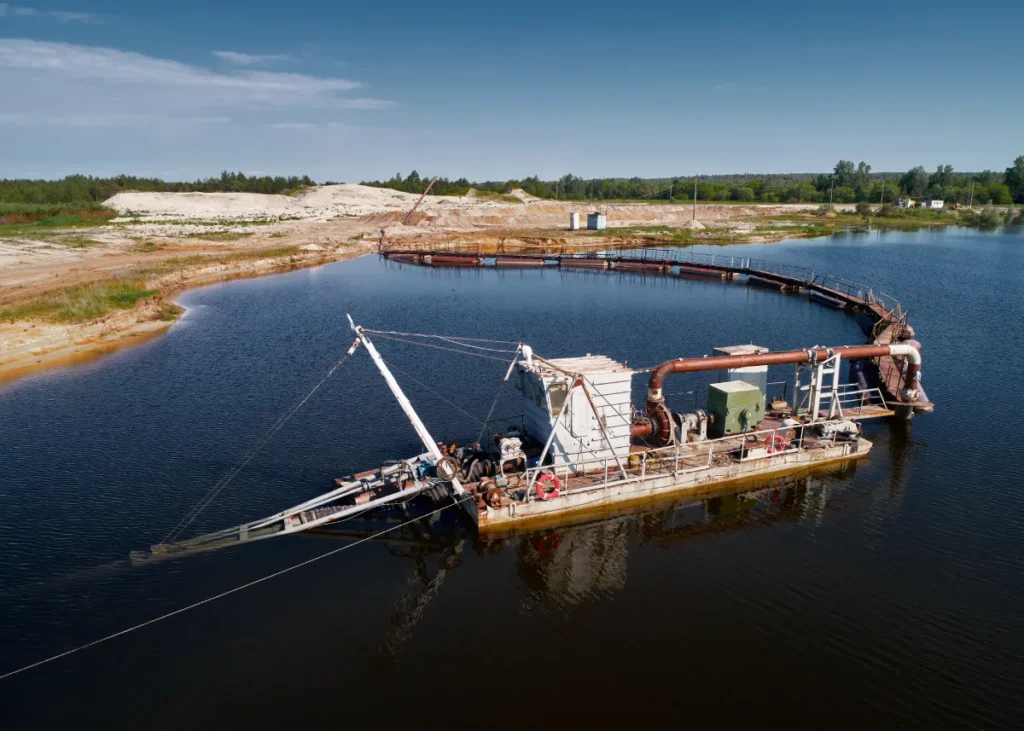
Advances in Trailing Suction Hopper Dredge Technology
As maritime infrastructure projects grow larger and environmental regulations tighten, trailing suction hopper dredge (TSHD) technology continues to evolve rapidly. Modern hopper dredgers are no longer just massive mechanical vessels — they’re intelligent, digitally connected systems built for precision, sustainability, and long-term efficiency.
Smarter Draghead and Suction Arm Design
The draghead, positioned at the seafloor, plays a pivotal role in the performance of any hopper dredging operation.
- Adaptive Dragheads: New designs feature adjustable visors and jet water systems that control suction and minimize turbidity.
- Hydrodynamic Flow Optimization: Improved geometry enhances material pickup efficiency, reducing energy loss.
- Multiple Arm Control: Advanced dredgers use dual or independent suction arms to target varied seabed conditions simultaneously, increasing throughput.
These innovations enable operators to dredge in shallower, more complex environments with higher precision and less environmental disturbance.
Automation and Real-Time Monitoring
Modern hopper dredger vessels are equipped with fully integrated digital control systems that turn complex operations into streamlined processes.
- Automated Dredge Control: Sensors and software regulate suction depth, pump speed, and draghead angle for consistent performance.
- Flow and Density Measurement: Inline sensors monitor slurry density and velocity, providing continuous feedback on dredging efficiency.
- Dynamic Positioning Systems: GPS and inertial navigation keep the dredger precisely aligned along planned routes, even in currents or waves.
- Data Visualization Dashboards: Operators can view real-time dredging parameters and environmental data on the bridge, improving decision-making.
Energy Efficiency and Propulsion Upgrades
Energy use remains a critical factor in the cost and sustainability of hopper dredging. New-generation TSHDs are designed with propulsion systems that balance power with eco-efficiency:
- Variable Speed Drives (VSDs): Allow precise control of dredge pumps and propulsion motors, lowering fuel use during light loads.
- Energy Recovery Systems: Reuse hydraulic or exhaust energy to power auxiliary systems.
- Hybrid and LNG Propulsion: Transitioning away from traditional diesel toward cleaner fuels reduces greenhouse gas emissions.
- Hydrodynamic Hull Designs: Streamlined forms minimize drag and enhance sailing efficiency during full-load transport.
Integrated Control and Connectivity
Connectivity between systems is what truly defines the new era of hopper dredger vessels.
- Real-time communication links dredging, propulsion, and environmental monitoring systems into one intelligent network.
- Maintenance data is logged automatically, supporting predictive maintenance and minimizing downtime.
- Cloud-based reporting enables remote supervision and performance benchmarking across entire dredging fleets.
Modern trailing suction hopper dredge technology represents a shift from manual operation to smart automation — where each dredge cycle is optimized for maximum material yield, minimal fuel consumption, and strict environmental compliance.
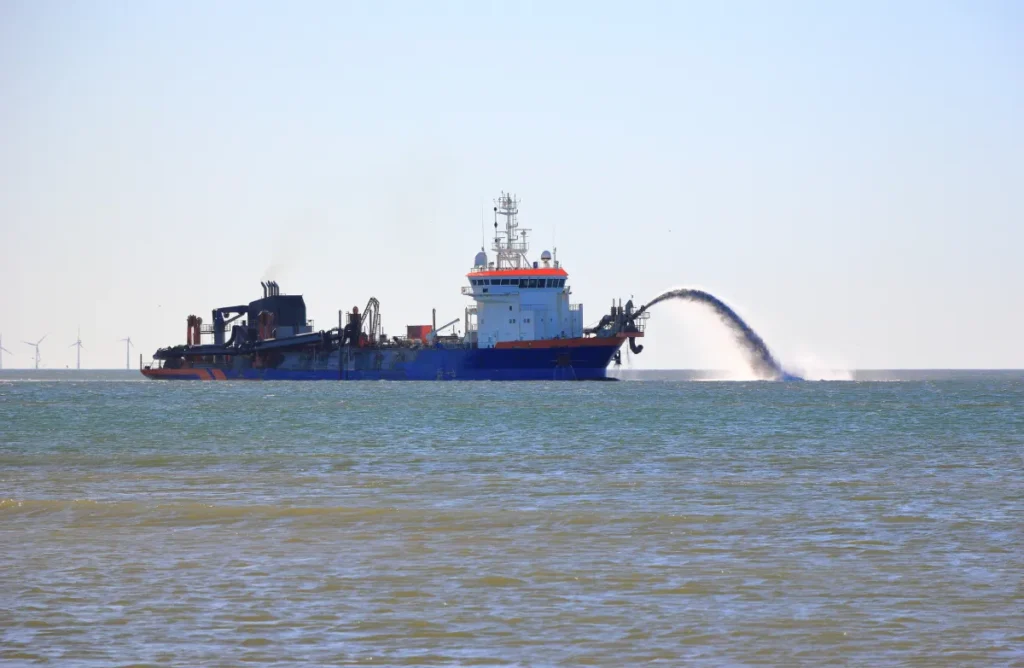
Intelligent Load Management and Production Optimization
In modern hopper dredging, productivity is no longer just about dredging more material—it’s about managing every load with precision. Today’s trailing suction hopper dredge vessels integrate advanced sensors, analytics, and automation systems that ensure each cubic meter of material is moved efficiently, safely, and within environmental limits.
Load Monitoring and Optimization
Modern hopper dredgers are equipped with comprehensive monitoring systems that provide real-time data on loading performance.
- Hopper Fill Sensors: Measure the volume and density of dredged material to prevent overfilling or instability during transport.
- Flow and Density Meters: Continuously track slurry concentration through suction lines, helping operators maintain optimal dredge pump performance.
- Load Distribution Systems: Ensure even filling across the hopper to maintain vessel balance and stability.
- Automated Trim and Stability Control: Adjust ballast levels dynamically to compensate for uneven loads or wave motion.
This data-driven approach helps maximize payload while protecting the vessel’s structural integrity and operational safety.
Cycle Time and Efficiency Management
Efficiency in trailing suction hopper dredge operations depends on minimizing non-productive time between dredging, sailing, and discharging.
- Cycle Timing Algorithms: Software calculates the ideal balance between dredging duration, sailing distance, and discharge method to maximize cycles per shift.
- Route Optimization: Integrated GPS and bathymetric mapping systems plan the most efficient dredge tracks to minimize fuel burn and travel distance.
- Real-Time Adjustments: Dredge masters can modify pump speed, suction depth, or draghead position on the fly to adapt to changing seabed conditions.
By fine-tuning each operational phase, hopper dredgers can achieve consistent output even in variable material densities or current conditions.
Predictive and Data-Driven Operations
Data analytics is transforming how hopper dredger vessels operate.
- Historical dredge data is analyzed to predict optimal suction points, flow rates, and pump settings.
- Machine learning algorithms detect trends that signal reduced pump efficiency or draghead wear.
- Predictive maintenance scheduling minimizes downtime by identifying mechanical issues before failure occurs.
- Digital performance dashboards display production KPIs for operators and supervisors, ensuring every cycle meets target efficiency.
Intelligent load management not only increases dredging output but also reduces fuel consumption, wear on components, and environmental impact—turning traditional hopper dredging into a precision-controlled, performance-optimized process.
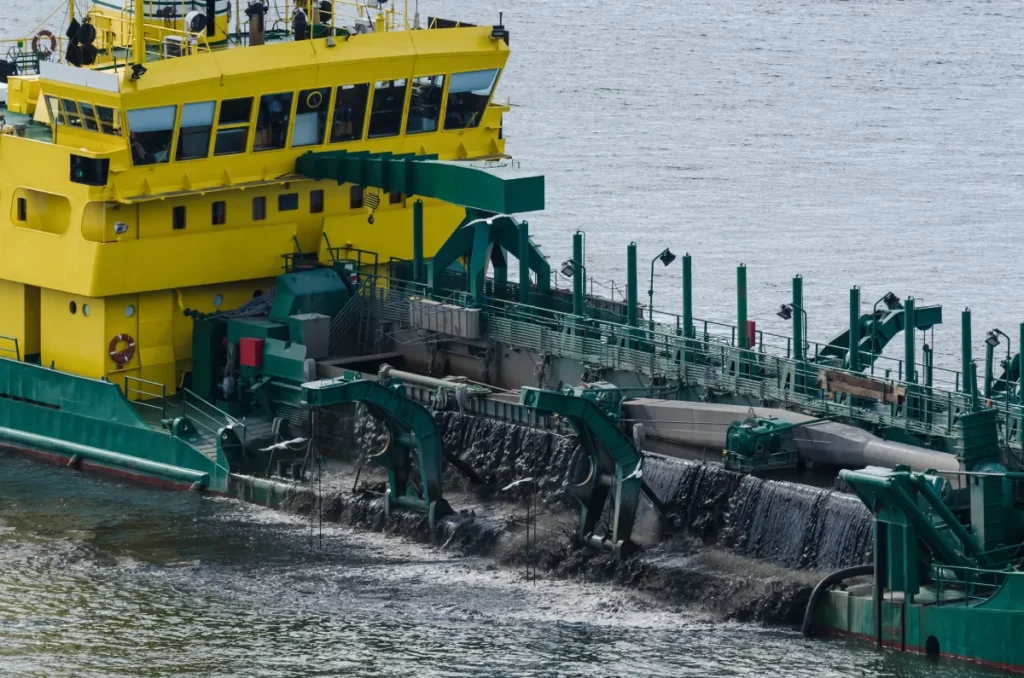
Sustainable Practices in Hopper Dredging Operations
Sustainability has become a central focus in modern hopper dredging, driving vessel design, operational strategy, and project execution. Today’s trailing suction hopper dredge (TSHD) systems are not only built for productivity but also engineered to minimize their ecological footprint while meeting strict global standards for marine environmental protection.
Minimizing Turbidity and Sediment Disturbance
Sediment plumes are a major environmental concern in dredging. Advanced control systems now regulate suction and discharge to minimize their spread.
- Eco-Draghead Control: Sensors adjust suction power and visor opening to reduce turbidity near sensitive habitats.
- Precision Positioning: GPS-guided dredging ensures accurate depth control and limits unnecessary seabed disturbance.
- Low-Turbidity Valves: Specially designed overflow valves minimize fine-particle release during hopper filling.
- Jet Water Optimization: Adjusting jet water pressure prevents over-agitation of sediment during material pickup.
These measures allow dredging in environmentally sensitive areas without violating turbidity thresholds or harming benthic ecosystems.
Cleaner Power and Propulsion Technologies
Modern hopper dredger vessels are transitioning toward greener propulsion and onboard energy management systems.
- Hybrid Power Systems: Combining diesel-electric or LNG-fueled engines with battery storage reduces fuel consumption and emissions.
- Variable Frequency Drives (VFDs): Optimize power usage in pumps and propulsion motors, lowering carbon output per dredge cycle.
- Energy Recovery Systems: Capture waste heat and mechanical energy to power auxiliary systems onboard.
- Hull Optimization: Hydrodynamically refined hull designs decrease resistance, improving sailing efficiency and fuel economy.
These improvements help operators meet IMO and MARPOL efficiency standards while lowering operating costs over the vessel’s lifetime.
Efficient Water and Waste Management
Managing overflow and return water efficiently is vital to sustainable hopper dredging operations.
- Closed-Loop Overflow Systems: Recirculate water within the hopper, reducing sediment discharge into the water column.
- Automated Overflow Monitoring: Sensors track water clarity and sediment load to maintain compliance with environmental limits.
- Waste Heat and Fluid Recycling: Systems reclaim usable energy and minimize waste generation during prolonged dredging cycles.
Environmental Compliance and Data Reporting
Leading dredging operators now integrate compliance directly into their digital workflow.
- Continuous monitoring of turbidity, noise levels, and fuel emissions ensures adherence to environmental permits.
- Real-time data transmission supports transparent reporting to clients and regulators.
- Automated logging of operational parameters simplifies environmental audits and project documentation.
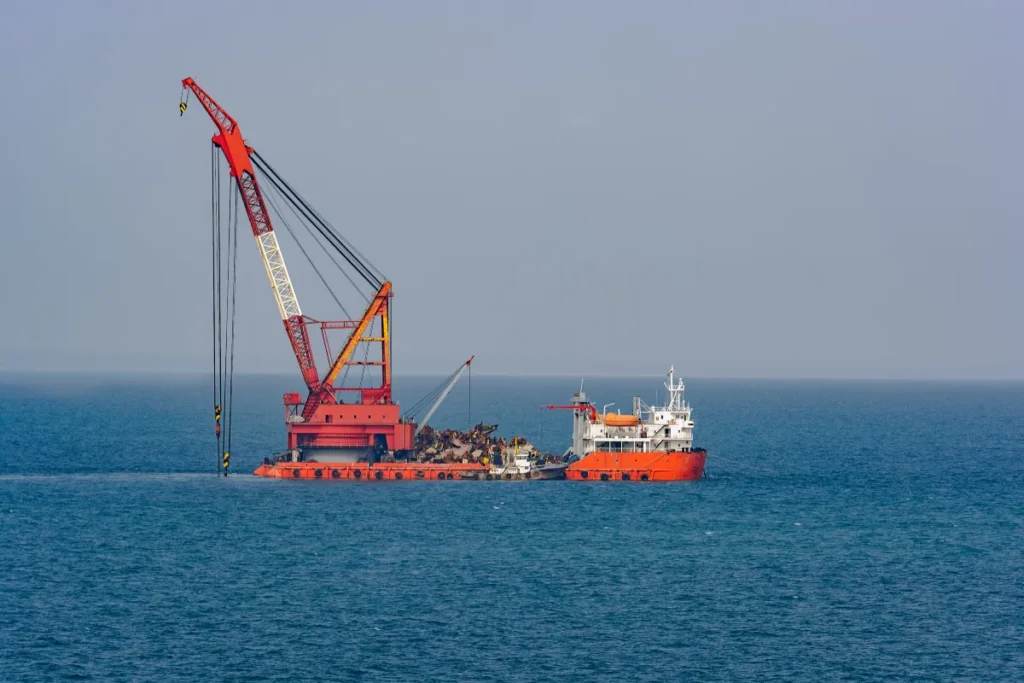
Hopper Dredger Vessel Design for Energy Efficiency
Design innovation plays a crucial role in improving the overall performance and sustainability of hopper dredging operations. Modern hopper dredger vessels are being engineered to consume less fuel, reduce emissions, and enhance productivity — without compromising dredging power or capacity. Energy efficiency is no longer an optional feature; it’s an integral part of vessel design, driven by both economic and environmental imperatives.
Hydrodynamic Hull and Structural Design
The foundation of energy efficiency begins with how the vessel moves through water.
- Optimized Hull Forms: Refined hydrodynamic shapes minimize drag and wave resistance during dredging and transit.
- Lightweight Structural Materials: High-strength steel and composite structures reduce weight while maintaining durability.
- Anti-Fouling Coatings: Specialized coatings prevent marine growth on hull surfaces, thereby reducing resistance and fuel consumption.
- Computational Fluid Dynamics (CFD) Modeling: Advanced simulation tools enable designers to virtually test hull performance before construction virtually, ensuring optimal energy flow.
These refinements allow trailing suction hopper dredges to achieve higher sailing speeds and lower fuel burn across varying load conditions.
Next-Generation Propulsion and Power Systems
The propulsion system has evolved from conventional diesel engines to hybrid and alternative-fuel technologies.
- Dual-Fuel Engines: Vessels can switch between marine diesel oil (MDO) and LNG depending on route and availability.
- Diesel-Electric Drives: Electric propulsion powered by generators offers flexible power management and lower vibration.
- Hybrid Energy Storage: Battery systems provide supplemental power during low-demand periods or in environmentally sensitive zones.
- Propeller and Thruster Optimization: Variable-pitch propellers and advanced azimuth thrusters enhance maneuverability and efficiency.
Together, these systems enable a measurable reduction in CO₂, NOₓ, and SOₓ emissions — key performance indicators for sustainable dredging fleets.
Intelligent Power Management
Energy efficiency extends beyond propulsion to how power is distributed throughout the vessel.
- Smart Power Grids: Automated systems balance electrical loads between dredging pumps, propulsion, and auxiliary equipment.
- Regenerative Energy Recovery: Captured mechanical or heat energy is reused for secondary systems such as hydraulics or onboard utilities.
- Demand-Based Power Allocation: Sensors adjust output dynamically, ensuring that energy is only used where necessary.
By integrating intelligent management systems, operators can reduce fuel consumption by 10–20% per dredging cycle, directly lowering operational costs.
Designing for Future Sustainability
Vessel designers are now incorporating modular and upgrade-ready layouts to prepare for future energy transitions.
- Space is reserved for retrofitting future zero-emission propulsion systems.
- Modular pump rooms allow easy adaptation to new pump technologies or control systems.
- Compatibility with shore power and renewable energy integration supports low-emission port operations.
Digitalization and Remote Operations in Hopper Dredging
The digital revolution has reshaped every aspect of modern hopper dredging, turning vessels into data-driven, semi-autonomous platforms capable of making real-time operational decisions. Onboard sensors, integrated software, and satellite connectivity have transformed how trailing suction hopper dredge (TSHD) fleets are managed, monitored, and optimized — both at sea and from shore.
Smart Monitoring and Control Systems
Digital control is at the heart of the new generation of hopper dredger vessels.
- Integrated Dredge Control Software: Combines inputs from sensors, GPS, and sonar to automatically regulate suction depth, pump load, and draghead pressure.
- Real-Time Performance Dashboards: Display critical metrics like slurry density, dredging speed, and hopper fill level, allowing operators to fine-tune processes instantly.
- Environmental Monitoring Modules: Track turbidity, overflow quality, and noise emissions to ensure compliance with environmental standards.
- Automated Alarms and Threshold Alerts: Notify crews when parameters exceed set limits, reducing human error and preventing over-dredging or system strain.
This networked control approach not only improves efficiency but also enhances safety and environmental accountability.
Remote Operations and Connectivity
Modern TSHDs are increasingly built to operate as part of connected fleets with remote command and oversight capabilities.
- Satellite-Linked Communication: Enables live data streaming from ship to shore for performance tracking and operational decisions.
- Remote Troubleshooting: Engineers can diagnose and resolve mechanical or software issues from onshore support centers.
- Fleet Coordination: Centralized command centers monitor multiple vessels simultaneously, optimizing schedules and dredging zones.
- Autonomous Assistance: Some vessels now use AI-assisted navigation and dredge path correction to maintain precise operations even in challenging conditions.
This digital integration significantly reduces downtime, shortens decision cycles, and enables around-the-clock dredging with smaller onboard crews.
Digital Twin and Predictive Maintenance
Digital twin technology is becoming standard in large-scale hopper dredging projects.
- Simulation Modeling: Virtual replicas of dredge systems simulate operations, helping predict performance under various material and flow conditions.
- Condition-Based Maintenance: Sensors track vibration, temperature, and fluid quality in real time to anticipate failures before they occur.
- Lifecycle Optimization: Collected data feeds into long-term planning, enabling maintenance schedules that minimize downtime and extend equipment life.
- Operator Training and Safety: Digital twins also serve as interactive training platforms, allowing crews to rehearse dredging operations in realistic virtual environments.
Cloud-Based Data and Analytics
Fleet managers are leveraging cloud computing to unify and analyze operational data from all vessels.
- Data dashboards aggregate dredging rates, fuel use, and emission metrics across projects.
- Machine-learning algorithms analyze past dredge cycles to refine future production models.
- Secure cloud storage ensures that historical performance data remains accessible for audits and compliance reviews.
Through digitalization, trailing suction hopper dredge operations are shifting from reactive to predictive — from manual control to connected intelligence. This evolution allows operators to maximize uptime, improve accuracy, and maintain sustainability in every dredging cycle.
Conclusion: Toward Smarter, Cleaner, and More Autonomous Hopper Dredging
Modern hopper dredging stands at the intersection of technology, sustainability, and marine innovation. As vessel designs become more energy-efficient, digital systems become more intelligent, and environmental standards more stringent, the future of dredging depends on how seamlessly these elements converge. At MD Coastal Dredging, we combine decades of operational experience with next-generation trailing suction hopper dredge systems to deliver cleaner, faster, and more sustainable dredging solutions for ports, waterways, and coastal projects across the region. Partner with us to experience the next era of responsible dredging.
